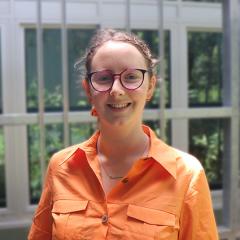Experiences from a MIWATCH researcher’s first fieldwork in Australia
Research officer Rosie Blannin on her first field trip since joining the Mine Waste Transformation through Characterisation (MIWATCH) team.

Only 2 weeks after having touched down in Australia for the first time, I was already en route to Cairns for my first fieldwork trip as part of the MIWATCH team. Having not done any fieldwork for the past few years, I was excited to get back out there. The excitement was also combined with some nerves. How would I fare with the tropical summer of Northern Queensland, having arrived only weeks previously from the near-zero British winter? And that’s not to mention the cyclones brewing off the coast and forecasts of heavy rains.
With Associate Professor Anita Parbhakar-Fox, Dr Laura Jackson and PhD candidate Olivia Mejías, we flew to Cairns and got ready to head out into the field the next day. Our work focused on the abandoned Baal Gammon mine and the nearby creek to collect sample for Olivia’s PhD project, in which she is tracing critical metals and their mobilisation throughout the mining-influenced environment. Baal Gammon was previously mined to recover copper, silver and tin, and is also known to contain indium. The site had undergone a remediation project to reduce the acid mine drainage contamination.
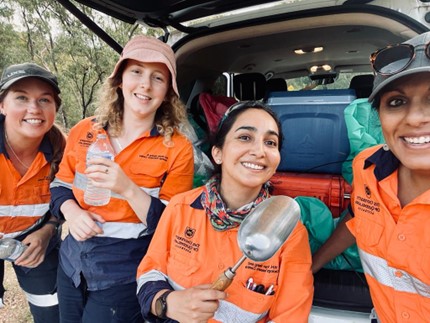
The first day we scoped out the area and picked the best spots to take water and sediment samples from the Jamie Creek which runs along the base of the hill below the abandoned mine. We spent some happy, hot and humid, hours taking water samples along the creek and sediment samples where possible. I learnt how to analyse the water pH, redox potential and temperature with a probe and how to filter and prepare the water samples for analysis.
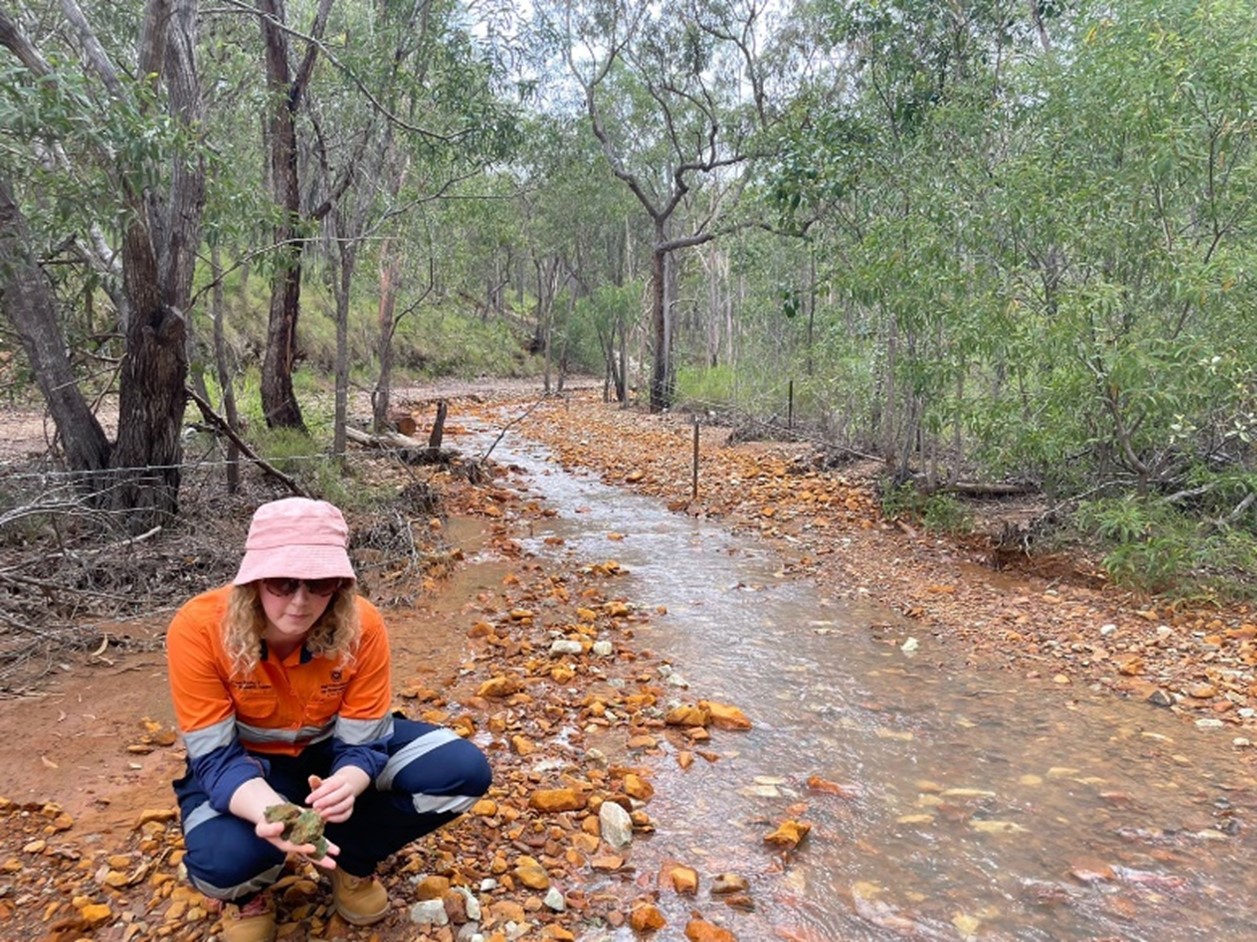
The next day we headed off to the Baal Gammon mine site. Much remediation has taken place, with the waste rock piles now covered in local flora. To my great excitement, I saw my first kangaroos here! We went to the old pit to collect more samples of acid mine drainage-impacted waters from an old mine adit, run off from the surrounding waste rock piles and the open pit itself. We also opportunistically sampled the waste rock piles around the pit. Very luckily, we completed all of our sampling before the torrential rain came at lunch time!
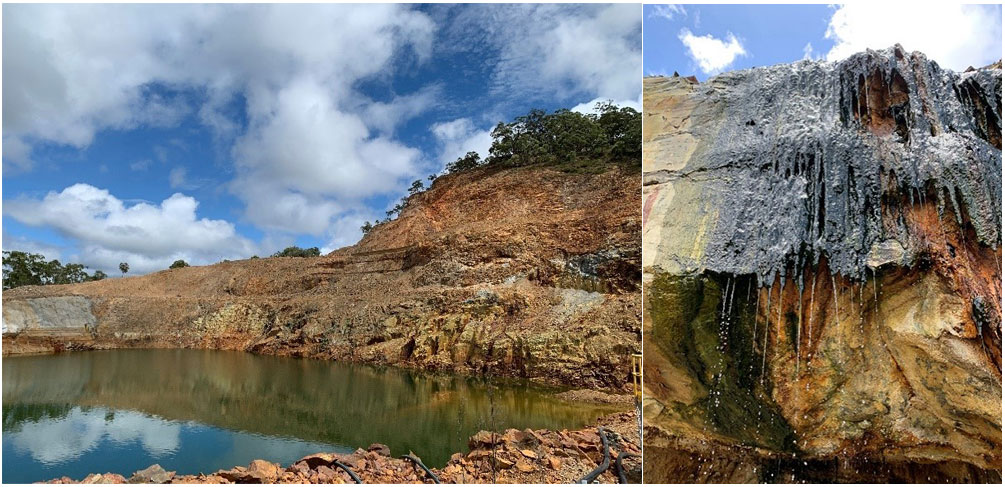
On our final day of the trip, we visited the nearby Jumna tailings deposit before the rain returned in the afternoon. We scoped out the site with the aim of returning soon to sample the tailings and stumbled across the eerie remains of the processing plant, which is being reclaimed by the jungle.
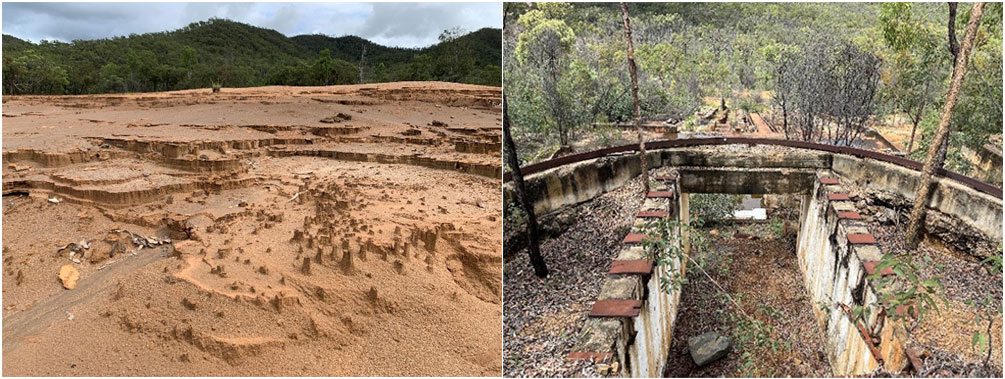
We prepared all the samples for shipping back to Brisbane for analysis, and with that, our fieldwork was complete. All that is left to say is congratulations Olivia for completing your PhD fieldwork and thank you to the team for letting me tag along and making it such an enjoyable experience!
I am looking forward to getting out in the field again so keep your eyes peeled for more MIWATCH blogs coming soon.

